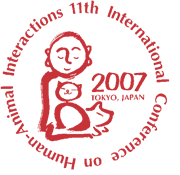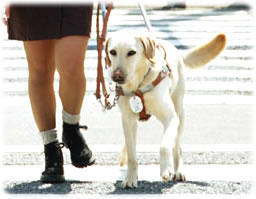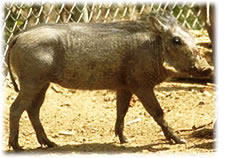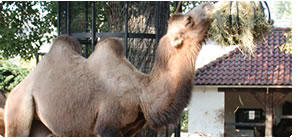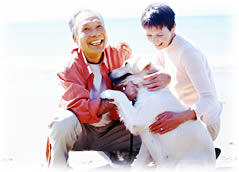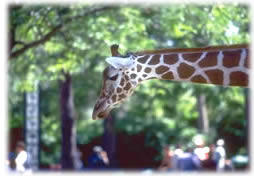October is a big month for people interested in animals in this country. The International Association of Human-Animal Interaction Organizations, IAHAIO will hold its 11th international conference for the first time in Asia. The venue is Tokyo, Japan. The theme for the triennial conference this time is "People and Animals: Partnership in Harmony". It will be held at the Keio Plaza Hotel in Tokyo from the 5th of October to the 8th.
The goals of the conference are as follows;
- To report on research in the area of human-animal interaction, including animals as therapeutic interventions, social and educational supports.
- To provide a forum for international networking amongst practitioners and researchers in the various fields of human-animal interaction.
- o awaken awareness in Asia of the rising interest worldwide in the field of human-animal interactions and to encourage the development of programs in this geographic region.
Japan has constantly been a leading force in the human-animal interrelations area amongst Asian countries and IAHAIO 2007 gives proof to this fact having collected over 800 domestic participants.
This will be the largest triennial conference in the entire history of IAHAIO in terms of the number of participants.
In addition to individual presentations of selected papers submitted by researchers from multivarious fields such as animal assisted therapy and animals in education, there are numerous workshops, held as a part of the conference.
These workshops range from such topics as animal in the law, public and private sector cooperation in animal control to service dog issues, and the relationship between animal abuse and violence towards people.
The Japanese Organizing committee is hoping that the success of this international meeting will further boost the enthusiasm and morale of interested parties in the country. Hopefully activities in the human-animal interactions area will be taken to a higher level on the domestic scene in the near future!



